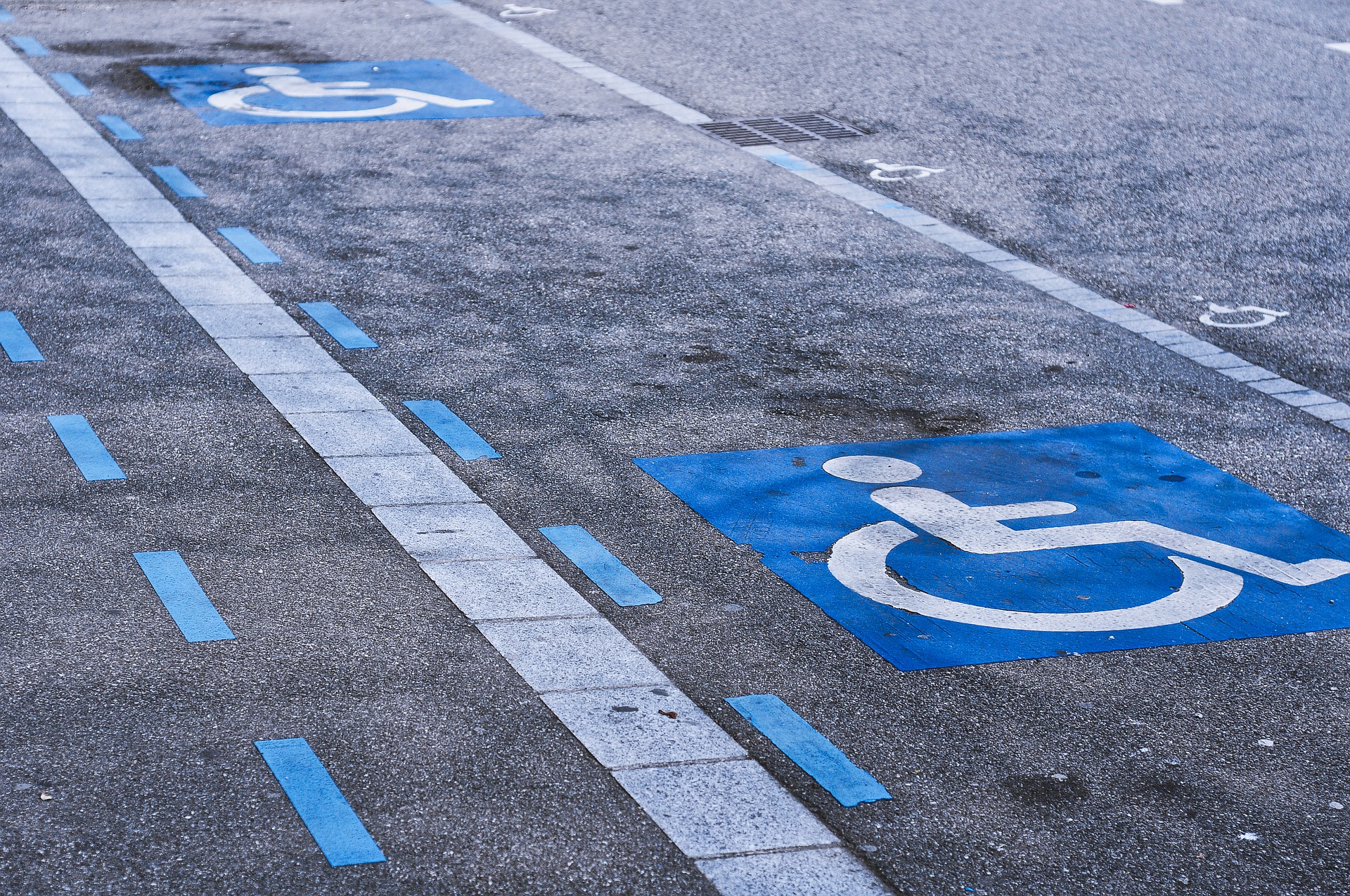The Americans with Disabilities Act was passed into law in 1990, bringing with it sweeping changes to ensure that physical spaces are more accessible to those with handicaps. From wheelchair ramps and handicap-only parking spaces, to wheelchair accessible bathroom stalls and braille signs to identify rooms and spaces – many accommodations which we now see as “everyday” were not a part of our lives only 30 years ago. However, in digital spaces across the internet, online accessibility has not kept up with making the handicapped community feel welcome.
This lack of accessibility is most likely due to the fact that when the legislation was passed in 1990, technology as we know it was not a part of our lives – that is, most people had not yet encountered cellphones, personal computers or other handheld devices. We also did not rely on the internet as we do today. Those who developed the technologies often neglected to make accommodation for those who could not hear, see or type. And although the situation is being addressed and remedied in many instances, most specially-abled people still struggle with using technology with the ease of the general population.
In fact, to most of us, the numbers may seem astounding. According to web accessibility company accessiBe, a full 98% of US websites aren’t fully accessible. Perhaps because of this, Pew research shows that Americans with a wide range of disabilities are three times as likely to never go online, and are 20% less likely to even own a computer, smartphone or tablet.
The good news is, the tech space holds limitless opportunity to make life easier for those very people it now sometimes leaves behind – the emergence of rideshare apps, for instance, suddenly gave those with limited mobility or capability to drive a whole new option for getting out and about. Restaurant, grocery and pharmacy delivery programs have also made life immeasurably more comfortable for many people – although the driving force behind the recent proliferation was the pandemic, not the needs of the handicapped community.
Therefore, although tech has enabled more choices and options for this population, it still often limits their access to the very same services from which they could benefit.
What is Being Done About Online Accessibility
In response to the gap, tech leaders like Google, Apple and Facebook are paving the way and introducing features and updates to their products and services. These new innovations permit easier access and use for all users, regardless of ability.
In recent years, Google has introduced several accessibility apps such as Live Transcribe, which delivers real-time speech-to-text transcriptions for people who are deaf or hard of hearing. Lookout is an app which assists blind or low-vision individuals to understand food labels, identify objects in a room and even scan documents. Apple introduced a People Detection feature last year, which allows blind and low-vision users of the iPhone and iPad determine how close someone is located. Facebook has improved photo descriptions for blind and visually impaired users, and introduced automatic captions on Instagram’s TV reels.
Tatiana Lee, an actress, model and activist, points out that in order to design a product or service for someone who has special abilities, you must understand their world. Therefore those who desire to use tech but are visually impaired, deaf, or wheelchair bound, should be involved in the development of new features and innovations in this space. “You need to understand what it means to navigate the world as someone who is blind, as someone who is deaf, as someone who is a wheelchair user,” Lee explains. While admitting that progress has been made across both physical and digital spaces, there are still many places that aren’t wheelchair accessible – even 31 years after the act was passed. If the problem remains in physical locations, it most certainly has a long way to go online.
Zach Anner , a comedian and actor with cerebral palsy, weighs in by stating, “I want people who don’t think about disability at all and how we use tech and move throughout the world to maybe have a lightbulb go off,” he said. Anner has begun doing tech reviews on YouTube to educate the general public as to how the disabled view the technology “tools” being provided. His hope is that when developers are designing products, they begin to incorporate those with limited abilities into their consideration for online accessibility.
Alliance IT is a managed IT services company based in Sarasota. We are committed to providing professional IT advice and consultation to those looking for managed or cloud services, network outsourcing, or telecommunications expertise.

